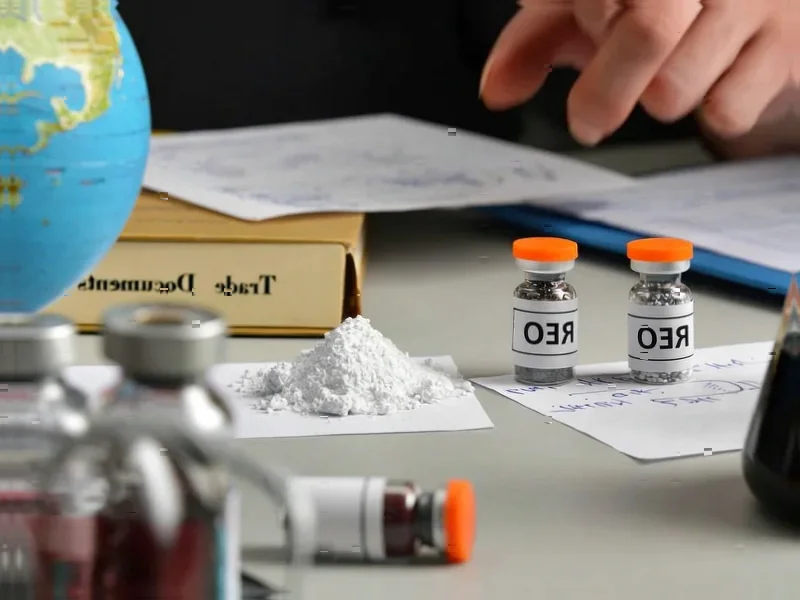According to Supply Chain Dive, Kroger is expanding its Uber Eats partnership to cover more than 2,600 of its roughly 2,700 supermarkets nationwide. The companies announced they’ll also collaborate on retail media experiences for brands. This comes after Kroger’s September announcement that it would offer grocery delivery through DoorDash from nearly all locations. During that same September earnings call, interim CEO Ron Sargent revealed the company is conducting a full review of its automated fulfillment network developed with Ocado. To attract shoppers, Boost loyalty members get extended Uber One trials, while Uber One members get extended Boost trials with double fuel points and free delivery. Chief Digital Officer Yael Cosset said the partnership combines Kroger’s fresh food with Uber’s delivery technology while providing more data for retail media.
The Store Fulfillment Takeover
Here’s the thing – Kroger is basically admitting that stores are beating automated fulfillment centers for now. Sargent told investors straight up that “stores are our most important asset” because inventory is closer to customers and last-mile delivery costs are lower. That’s a pretty significant shift from just a couple years ago when everyone was building these massive automated warehouses.
Now they’re reviewing that whole Ocado partnership? That tells you everything. The economics of using existing stores just make more sense when you’re trying to compete on speed and cost. And let’s be real – most customers don’t care whether their groceries come from a robot warehouse or the back of a store as long as they get what they ordered quickly and affordably.
The Delivery Platform Dance
So Kroger is playing the field with both Uber and DoorDash. Smart move, honestly. Why put all your eggs in one basket when you’re trying to reach as many customers as possible? Each platform has its own user base, and grocery delivery is still fragmented enough that being everywhere matters.
The loyalty program crossover is particularly clever. Boost members get Uber One, Uber One members get Boost – it’s basically a customer acquisition play disguised as a perk. Both companies get to expand their membership bases without spending a fortune on marketing. And for Kroger, more data from these partnerships means more ammunition for their retail media business, which is where the real margin growth happens these days.
Where Grocery Delivery Is Headed
Look, this isn’t just about Kroger. This is the new reality for grocery e-commerce. The initial land grab phase is over, and now it’s about optimization. Stores as fulfillment centers? Check. Multiple delivery partners? Check. Loyalty program integration? Double check.
The DoorDash partnership and now this Uber expansion show that Kroger recognizes no single solution will work everywhere. But the real story is that store-based fulfillment is winning over automated centers, at least for now. When even a company that invested heavily in Ocado’s robotics technology is rethinking things, you know the model is shifting.
So what’s next? Probably more of this hybrid approach – some automation where it makes sense, but mostly leveraging existing store networks. The goal is clear: get groceries to customers faster and cheaper than anyone else. And right now, that path runs straight through the back of your local supermarket.




